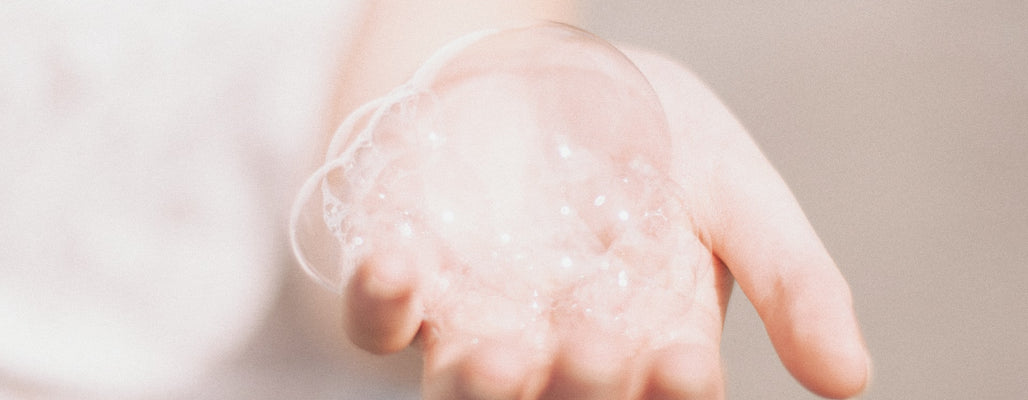
The first liquid soap was patented in 1865, by William Shepphard. He’s often credited for inventing it, but considering his patent was officially listed as “Improved Liquid Soap,” it seems clear there was liquid soap around already.
In his patent, Shepphard announced he’d discovered that adding “small quantities of common soap to a large quantity of spirits of ammonia or hartshorn” produced a thickened liquid comparable in consistency to molasses.
Much of the liquid soap that preceded Sheppard’s patent was used for industrial purposes, and much that followed it was as well, with hospitals and public places included in where you could find it.
When did liquid soap become mass-produced?
Despite its popularity throughout the early to middle 1900’s, it wasn’t until 1980 that liquid soap became mass-produced for domestic use. The Minnetonka Corporation of Minnesota released Softsoap in 1980, and their product benefited greatly from being first.
It took some doing, though, for Minnetonka to get the jump on its larger competitors. Colgate, makers of Irish Spring, and Proctor & Gamble, makers of Ivory, were both positioned to release a liquid soap and take advantage of the wide-open market opportunity.
The key to success was the dispenser. Without a suitable pump – and suitable pumps were made by only a few factories in the U.S. – any liquid soap efforts would fail, regardless of how big the company was.
Minnetonka’s strategy for beating its competitors was to buy up all the plastic pump dispensers in the country. Their strategy worked. Minnetonka enjoyed a virtual monopoly on liquid soap until they were bought by Colgate-Palmolive in 1987. Minnetonka’s strategy is still mentioned in business publications as a model of smart, calculated risk taking. For its part, Colgate-Palmolive has continued to produce Softsoap since it purchased Minnetonka.

